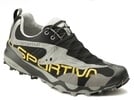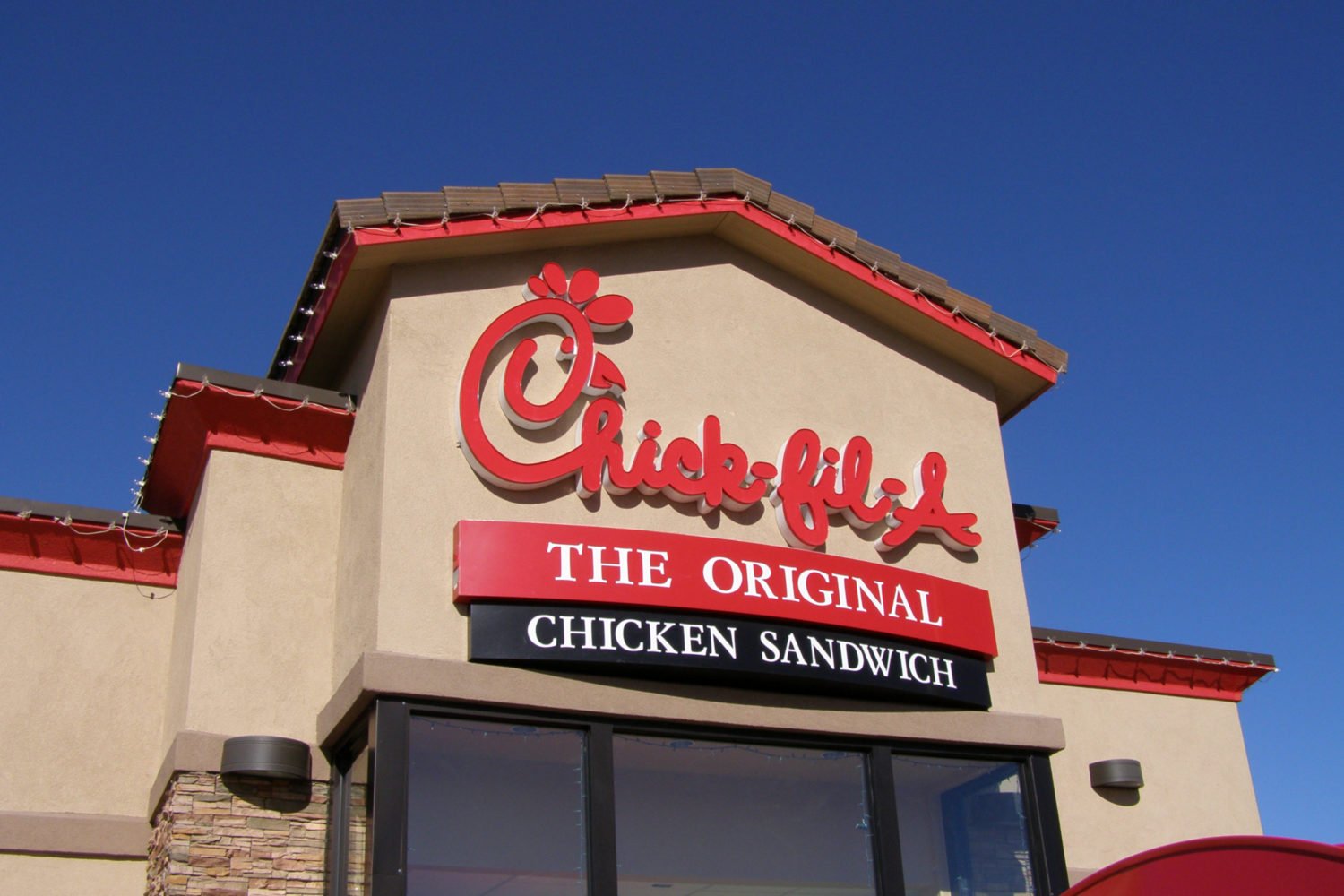It’s been established in studies and among athletes that while barefoot-running shoes are quite funny looking, they can also improve your running and prevent injury. Chi Running, a form of running based on the principles of T’ai Chi, has advocated for shoes with minimal heels since 1999.
If you take a look at your current running shoe, its heel is probably at least one-inch thick. When shoes have this thick padding, “it removes us from the ever important foot-to-ground connection,” Chi Running explains on its Web site. The less heel there is, the more stable and connected to the ground runners can feel, thus reducing their chances of injury.
But the ultimate minimalist shoe, the five-finger Vibram, isn’t something you can simply slip on and run a marathon in right away. Just like any shoe, they must be gradually eased into. Michael Krushinsky, a Chi Running coach in DC, Maryland, and Virginia, says it took him two years to switch from a minimal heel shoe to the five-finger Vibrams. During that time, he went through another three types of minimal heel shoes.
Krushinsky says there are three things everyone should know before buying a “minimalist” shoe.
1. Shoes are not the problem or the solution. They are tools that help you run efficiently and maintain appropriate motion of the body. Minimalist shoes “won’t magically fix your running form,” but they will help point out what you’re doing right and wrong.
2. Apply the T’ai Chi principle of gradual progress. Just as radically increasing your mileage or speed can lead to injury, so can making a major change in the shoes you’re wearing, and not taking the time to relearn the patterns of motion related to running.
3. Minimalist shoes provide the most accurate “underfoot” feel. These shoes will usually have these six traits:
- Large toe box: Toes should be able to move around freely.
- Rotational flexibility: The ability to roll the toe box in one direction and the heel in the other.
- Longitudinal flexibility: The ability to roll the shoe up from toe to heel.
- Neutral/lack of drop: The difference in height, as measured from the heel to the ground, and the forefoot to the ground.
- Light weight: The shoe doesn’t add much to the weight of the lower leg, and allows the foot to swing back to the ground with a neutral, natural motion.
- Slipper-like: Shoes should fit well enough that they can be tied loosely enough to take off without untying, but not come off mid-run.
We asked Krushinsky to select his favorite minimalist running shoes for beginners and pros alike. The following list is ranked from shoes with lesser minimal heels to more minimal.

THE SHOES
1. LaSportiva Crosslite
“I like this for longer runs on rocky, technical terrain where rolling the ankle is a concern, as it provides rotational support—in exchange for flexibility—while maintaining a flexible forefoot,” Krushinsky says.

2. Asics Gel DS Racer
“A great transition shoe. It’s more flexible [. . .] but is still forgiving to runners transitioning out of heel striking,” Krushinsky says.

3. Mizuno Wave Musha
“A lightweight, mid-drop road running shoe. It has enough ankle support for people transitioning to more minimal shoes, but provides a reasonable amount of flexibility in both planes,” Krushinsky says.

4. Nike Free 3.0
“The best part of this shoe is the incredible amount of flexibility through the sole. The human foot has roughly 26 bones, and the Nike Free will help to develop motion in the joints of the feet,” Krushinsky says.

5. New Balance Minimus Trail
“The Minimus Trail is my favorite shoe right now for everything: running on both road and trails, walking, and Crossfit. Lightweight, low drop, and flexible in every plane, I believe this shoe represents a near ideal balance of proprioception and protection,” Krushinsky says.

6. Inov-8 F-Lite 195
“Another shoe ideal for general purpose use, the Inov-8 195 is light (195 grams), flexible, and well-suited to pavement and packed gravel trails,” Krushinsky says.

7. Mizuno Wave Universe
“This is my road 5K shoe: truly slipper-like, ultra-light, and very flexible. The Universe provides great feedback, but isn’t well-suited for everyday wear due to lighter materials and construction, less durable sole, and the highest cost of all the shoes in this list,” Krushinsky says.

8. Vibram Five Fingers Bikila LS
“This is the lace-up version of the first running-specific Five Fingers shoe (although people have been running in them since they were released). This shoe is my ‘candy shoe’—I don’t run in them all the time, but they always make me smile, and they truly meet all of the requirements listed above. They are not a neutral shoe (there is a drop, as well as more padding than some of their other models), but I’ve found for my running it’s an ideal amount of support and protection,” Krushinsky says.
Subscribe to Washingtonian
Follow Washingtonian on Twitter
More >> Health | Top Doctors | Well+Being Blog

















